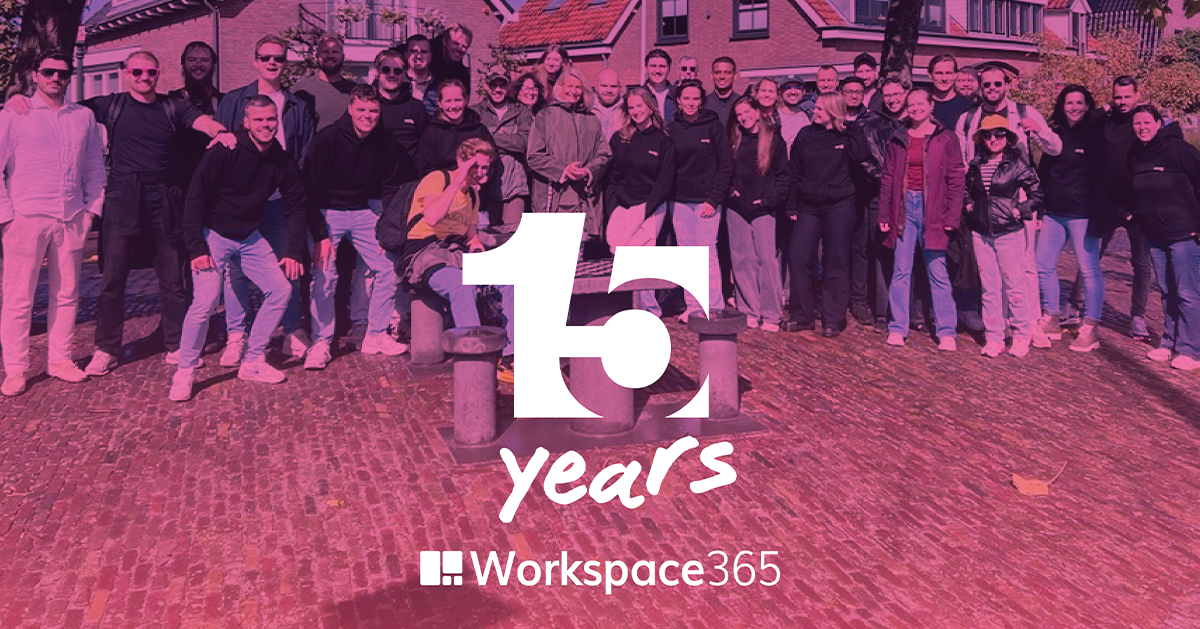A pandemic, war, cyber-attack, natural disaster or fire: these can all have a huge impact on your business. The corona crisis has shown that it is of great importance to be able to react resiliently, flexibly and with agility in the event of incidents and calamities. A business continuity management system (BCMS) helps you to return to normal operations as quickly as possible in the event of disruptions.
BCMS: back to normal fast
In times of crisis, you want to restore normal business operations as quickly as possible. A business continuity management system helps with this. Such a system, which mainly focuses on critical IT systems, enables you to quickly and adequately respond to emergency scenarios.
What is a business continuity management system?
A business continuity management system brings together methods, procedures, processes and rules surrounding the continuation of critical processes. It is a process-oriented approach that requires interaction between management, business and support processes and can be interwoven with existing management systems such as your QMS (quality management system) and ISMS (information security management system).
An important part of the BCMS is the business impact analysis (BIA), which not only identifies the essential processes for your organisation, but also examines the requirements for the availability of these processes. If you have you completed such a BIA, then you can develop concrete business continuity strategies and plans to cover your organisation against all common risks.
Utility and revenue model
What is the function of a BCMS? Simple: your organisation is optimally prepared for incidents and calamities, you minimise the impact of disruptions and you can get back to business as quickly as possible after an interruption of your business processes, services, IT services or systems.
Worth considering: focus not only on the continuity of your business processes, but also on your revenue model. In doing so, set your sights on the commercial interests and customers that really make the difference. Ask yourself what your best customers think is most important and bring your earnings model in line with this.
Applications and data in de cloud
The most important pillar of your business continuity is your staff. In the event of an incident or calamity, employees must be able to continue working. To recover from the crisis and to be able to continue normal business processes. If your employees work with applications and data in the cloud, that's worth its weight in gold.
Employees can then work anywhere and at any time, even when the office is unreachable or a disaster forces them to work from home. The cloud has a higher level of security, so there is less chance of systems failing or data being lost. Not only is the digital security of the cloud greater, but so is the physical: data centres are less susceptible to natural disasters or theft, for example. Finally, the cloud is automatically backed up and there are failover devices that take over if primary systems fail.
Digital workspace with intranet for business continuity
A modern intranet, which is a combination of a digital workspace and a cloud-based intranet, is a great advantage for business continuity. It offers tools for collaboration, communication and business information management, allowing employees to continue working and to adequately resolve the crisis. In particular, functionalities such as the news module and the address book are invaluable in crisis situations. Thanks to the easy sharing and retrieval of information, a modern intranet can even contribute to the prevention of disasters.
Workspace 365: digital workspace and intranet in one
Workspace 365 combines the digital workspace with your intranet. Your intranet can be integrated into the digital workspace, but the reverse is also possible. Instead of integrating the entire intranet, you can also integrate individual elements.
All applications, data, documents, processes and tasks can be merged - in a personalised manner - into one digital environment. It does not matter whether the software is SaaS. Web-based, hosted, local and on-premise applications: it can all be part of Workspace 365. For example, you can easily add legacy systems using our Clientless RDP solution.
All of this means that Workspace 365, as a digital workspace with an integrated intranet, can play an important role in your business continuity management system. After all, it ensures that employees can continue to work anywhere at any time and that the response to incidents and disasters is both quick and adequate.







